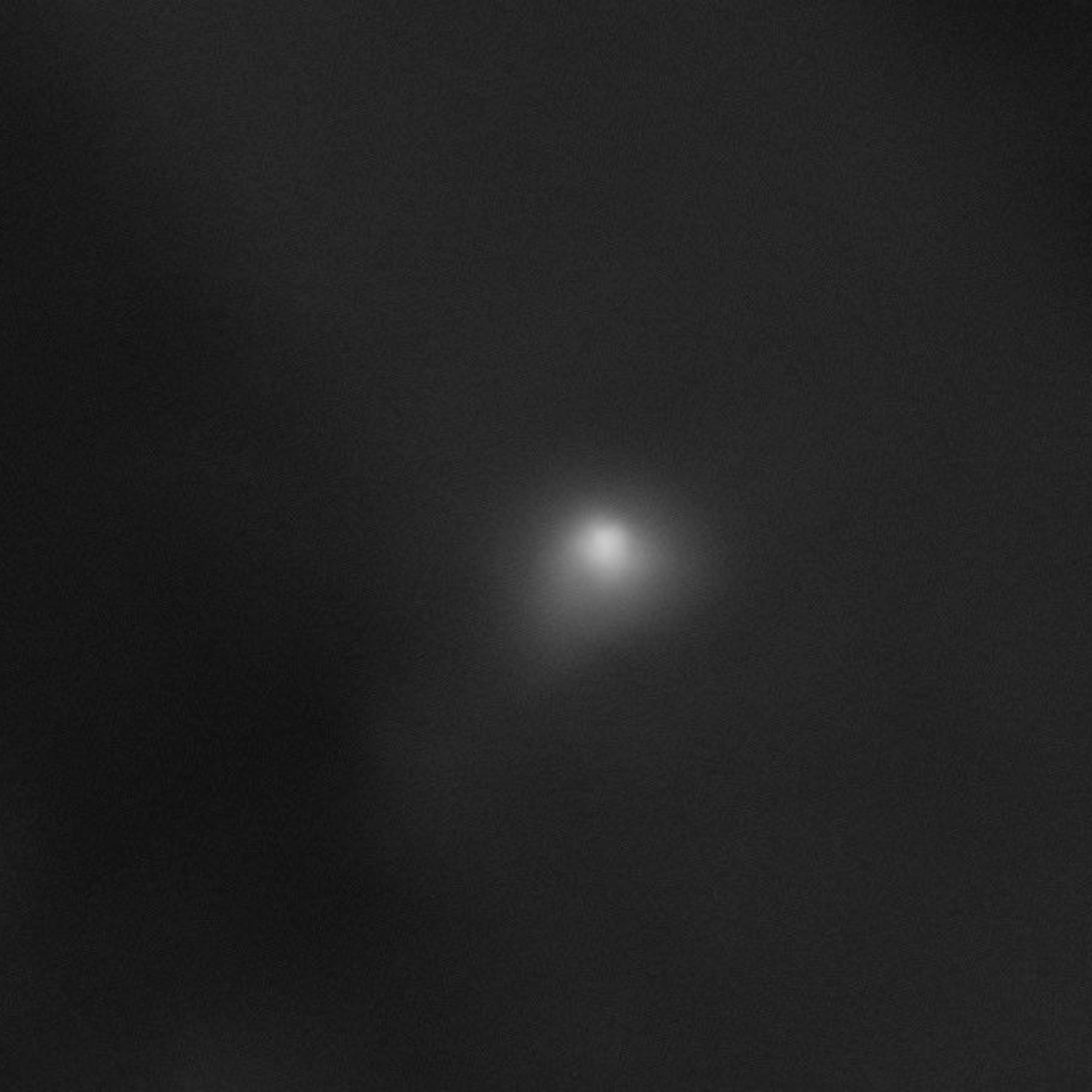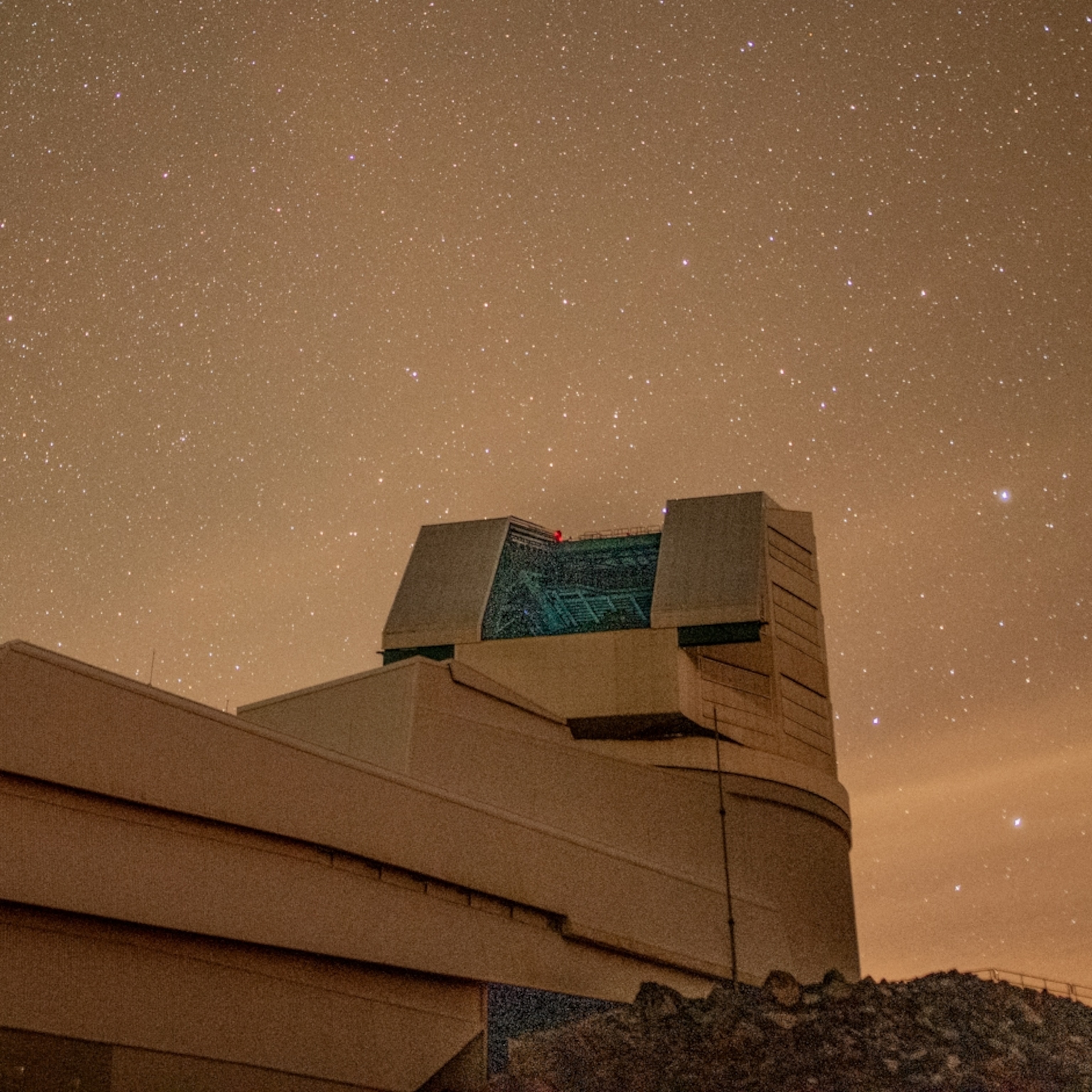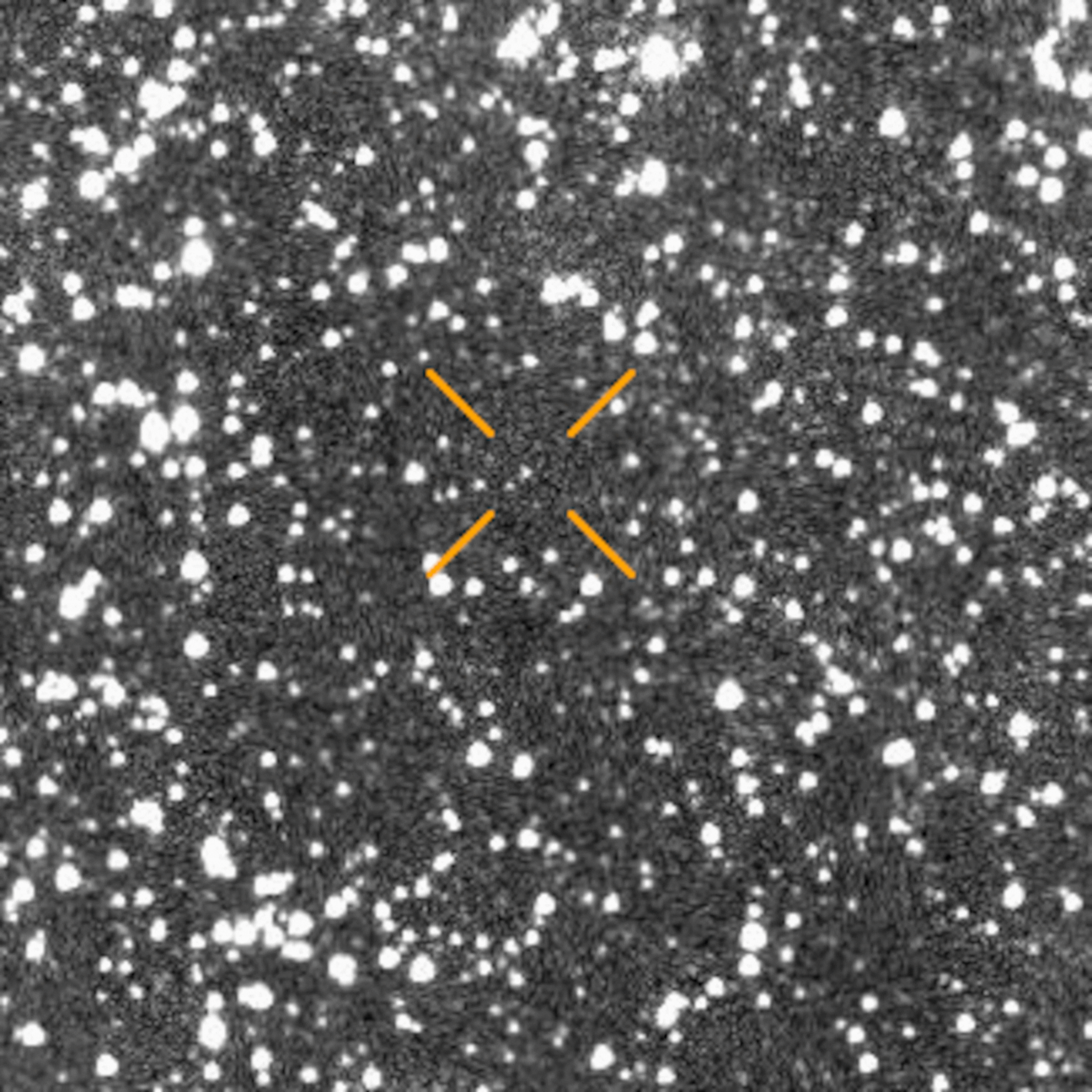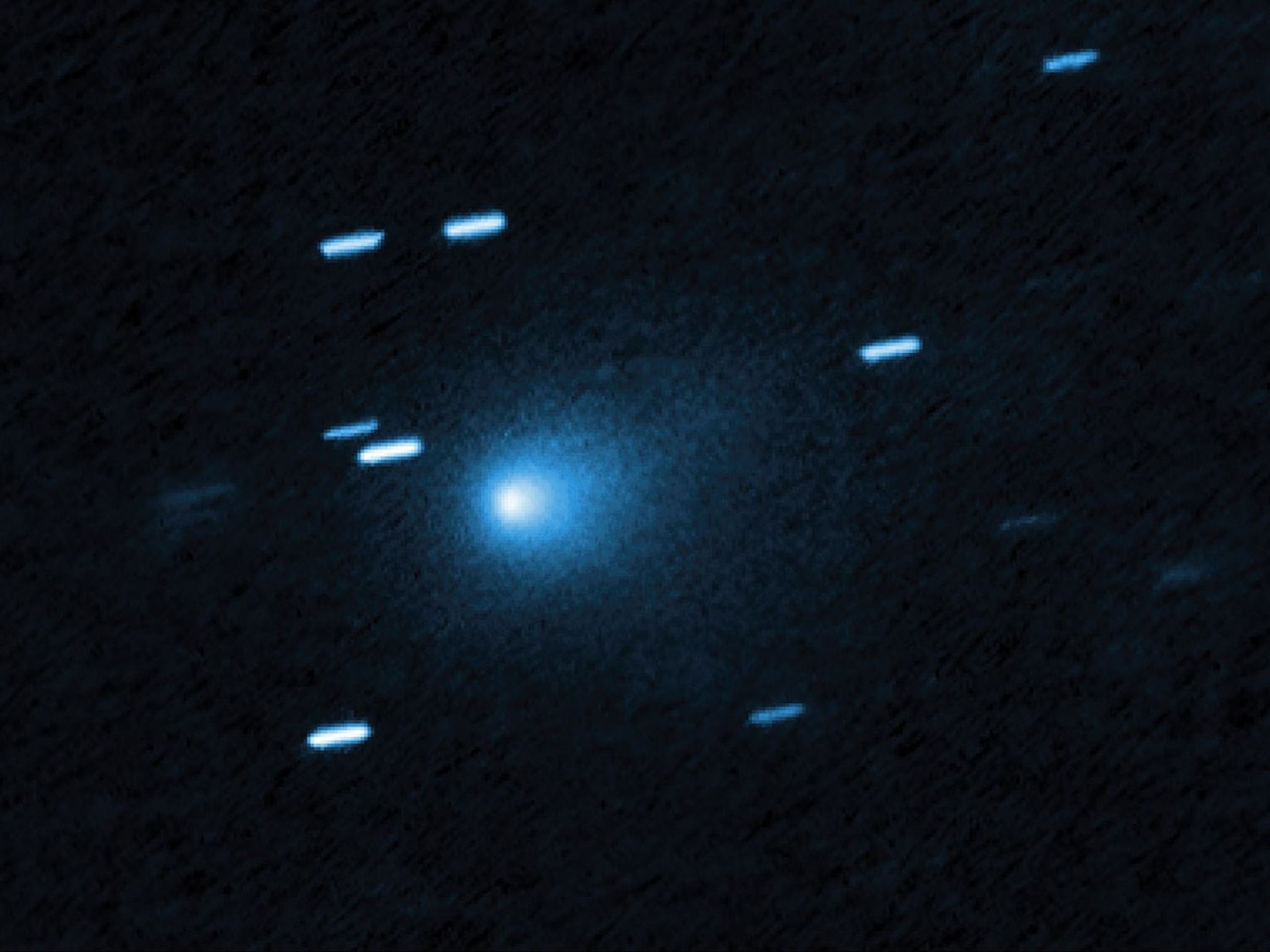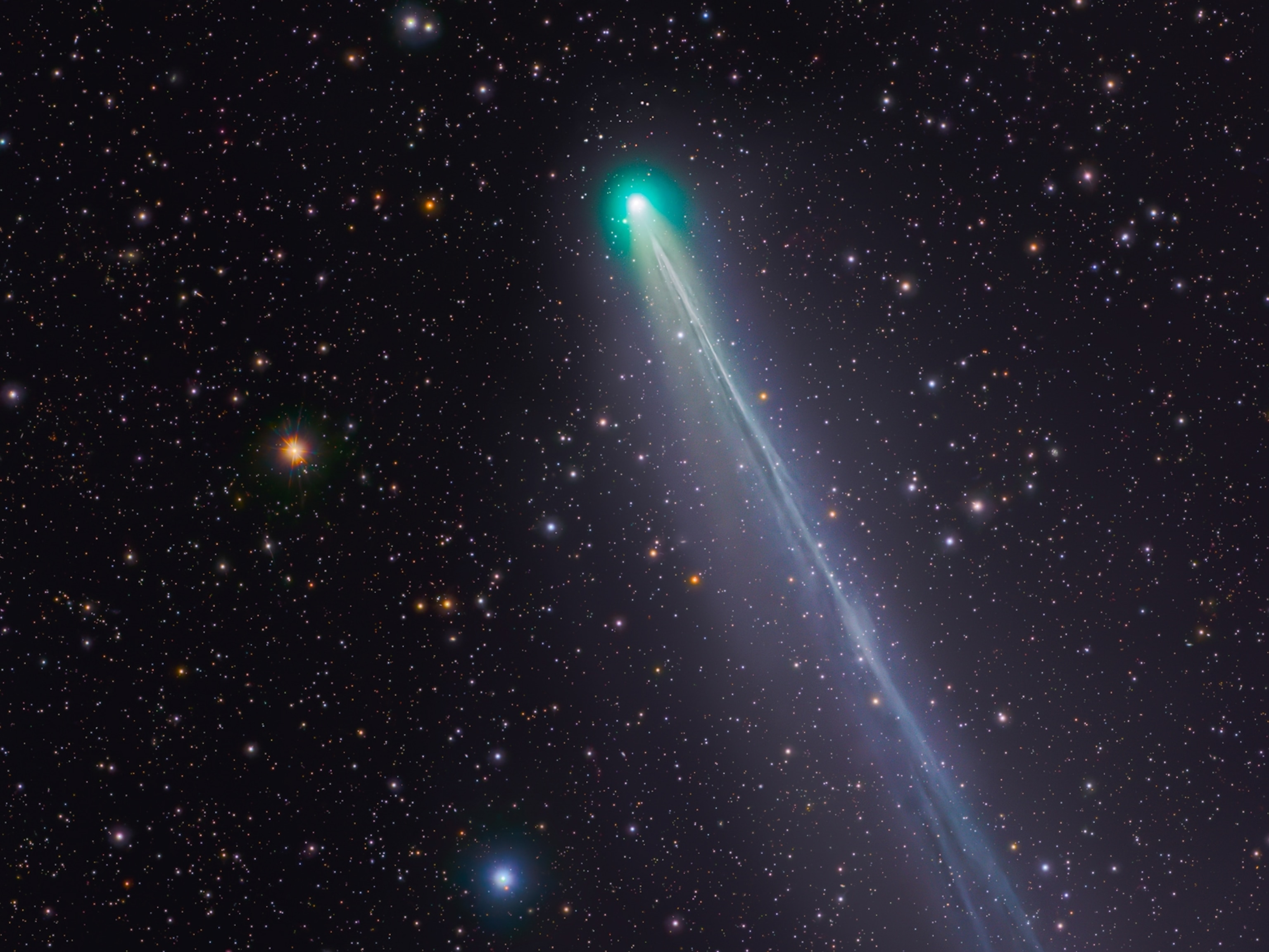
Rosetta Spacecraft, First to Orbit Comet, Finds Surprises Aplenty
Europe's Rosetta spacecraft reports unexpectedly bumpy, dusty, and dry discoveries on its new home.
Drama abounded when Europe's Philae probe landed on a comet last November—especially when the lander bounced a half mile into the air before its final touchdown, then quickly lost power. (See "Comet Catcher: The Rosetta Landing.")
But Philae's mother ship, the European Space Agency's Rosetta probe, has not only kept orbiting comet 67P/Churyumov-Gerasimenko since August, but also has begun to do some extraordinary science, as seven just-published studies in Science make clear. No spacecraft has ever ridden along with a comet on its closest approach the sun, moreover, so the researchers will be learning about that process in detail for the first time during the rest of 2015.
Even in these early days, however, the scientists have plenty of new information to digest. "If surprise is what the community has been looking for, then the new results are very welcome," says UCLA planetary scientist Christopher Russell, who is not on the Rosetta team. "Some theories will be falling by the wayside."
One surprise, according to Nicolas Thomas, of Switzerland's University of Bern, lead author of one of the papers, is that the surface of comet 67P looks plenty lumpy. "Rosetta has blown that concept apart," he says.
"We have smooth surfaces—we don't know how they formed. We have brittle, crumbly material. We have material that looks like rock." There are even rippled features that look like sand dunes. "I don't think anyone had even imagined something like that," says Thomas.
The conventional wisdom had been that escaping gases sculpt comets as they close in on the sun. But Thomas wonders, "Can you really produce those various features from that one process?"
Getting Goosebumps
At this point, nobody knows. Nobody knows, either, how comet 67P came to have its rubber-duck-like shape, with a larger chunk about 2.5 miles across attached to a smaller chunk 1.6 miles across by a narrow "neck." It's possible, says Holger Sierks, of the Max Planck Institute for Solar System Research in Germany, lead author of another of the Science papers, that the comet formed when two smaller objects smacked into each other eons ago.
"But it's also possible," he says, "that it could have been a bigger body that eroded into this shape." If further observations show that the two parts have significantly different compositions and densities, he says, that would point toward the impact theory, but so far, "all we see are similarities."
Among the similarities, the comet surfaces are pockmarked with pits up to 650 feet (200 meters) across and 230 feet (about 60 meters) deep. Those pits were presumably excavated by ice vaporizing as 67P approached the sun on earlier encounters. And in fact, Rosetta's cameras have spotted what appear to be tendrils of vapor leaking from the pits, showing that vaporization is still going on.
"Another cool thing," says Sierks, "is what we call 'goosebumps' lining the walls of the pits." They're about three feet across, and probably are the original chunks of primordial rock 67P was built from in the early days of the solar system. "This is a new window," he says, speaking literally, "into cometary science."
Sierks also points to a crack, up to three feet wide, that stretches almost all the way around the neck. "It's an indicator that there is internal stress that has been relieved," he says. "We wonder why."
Rosetta Revelations
All of the revelations about the comet's surface come from just two of the seven new papers. Other intriguing discoveries are reported in the rest:
• 67P's coma, the temporary atmosphere that has emerged as the comet warms up, isn't uniform; it has a very different chemical composition in different areas, and varies significantly as the comet rotates.
• The comet has begun to form a magnetosphere, a sort of electromagnetic shield that deflects solar wind (particles streaming off the sun).
• 67P appears covered in dark, carbon-rich compounds, with very little water ice on the surface, another surprise.
• Most of the water vapor coming from ice below 67P's surface came initially from the comet's "neck."
• There's more dust in the comet's atmosphere than scientists would have expected at this point. (Related: "Rosetta Spacecraft Suggests Asteroids, Not Comets, Birthed Earth's Oceans.")
If these seem more like questions than answers, that's because they are. "The team has had sufficient time to make a list of all of these things," says Russell, "but far too little time to resolve them."
Over the next year or so, however, as Rosetta continues to orbit 67P and collect data, there should be plenty of time, and many new observations, to begin providing explanations for what the scientists are seeing.
"We've got a snapshot," says Thomas. "Now we want to see the movie. We want to watch the comet evolve as it approaches the sun, so we can test our hypotheses. That's the big difference between this and other missions."
The scientists would be delighted if the Philae lander could somehow come back to life. It could happen if the comet's rotation brings direct sunlight to the probe's solar panels, which are currently shadowed by a cliff. (Despite ESA optimism, Thomas considers that a long shot.)
But even without Philae's input, says Russell, "Rosetta has already been a spectacular success."
Follow Michael D. Lemonick on Twitter.

